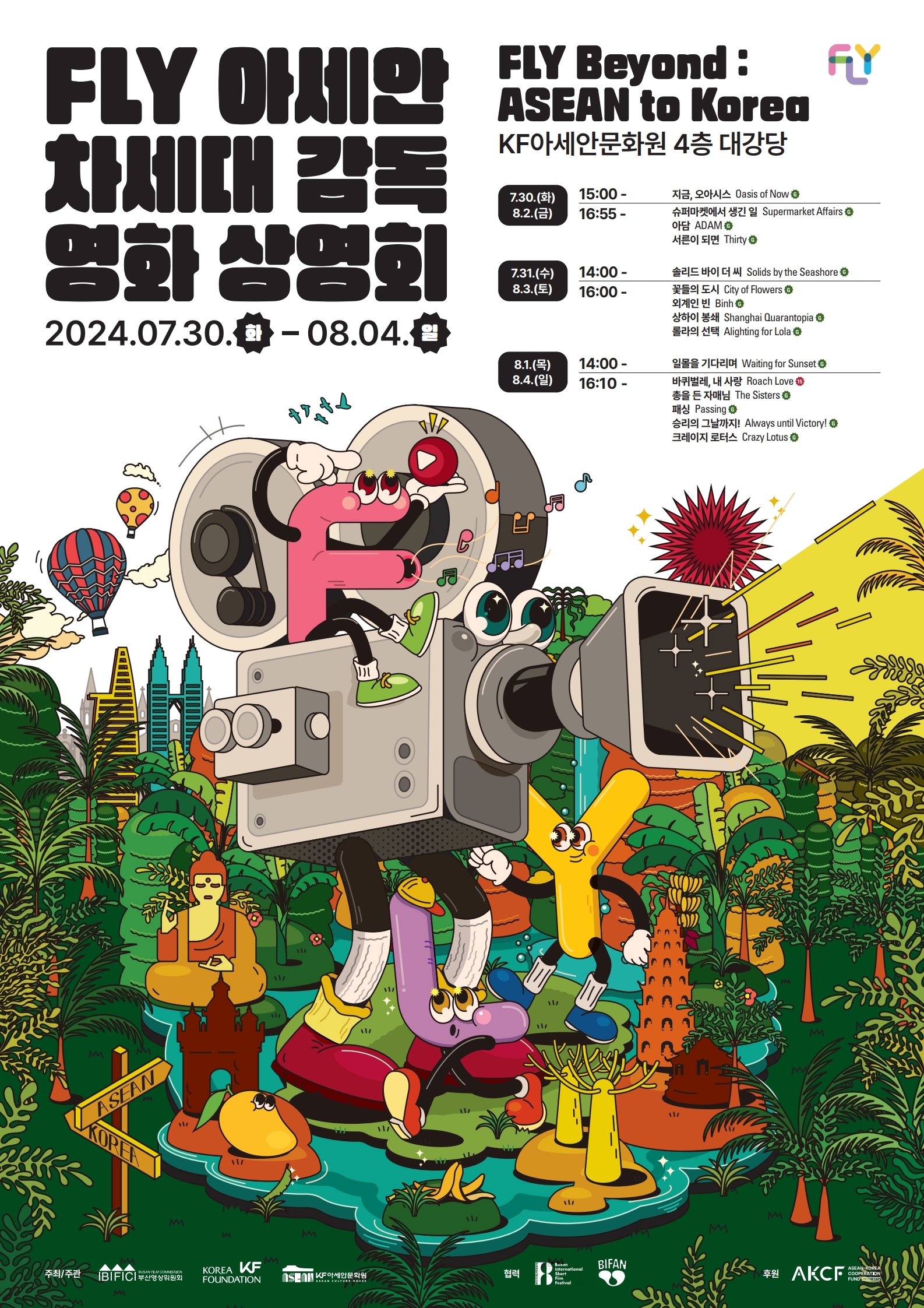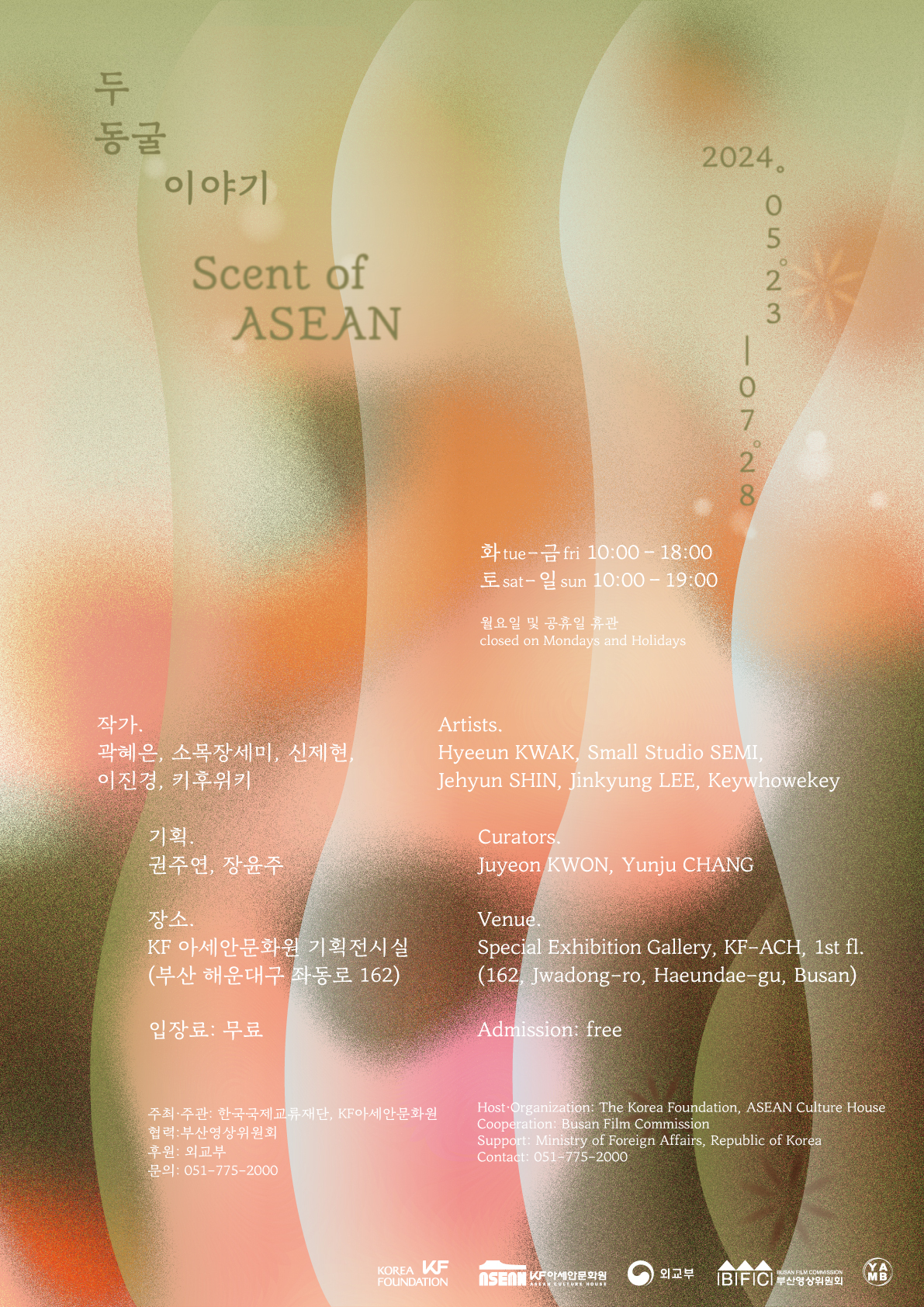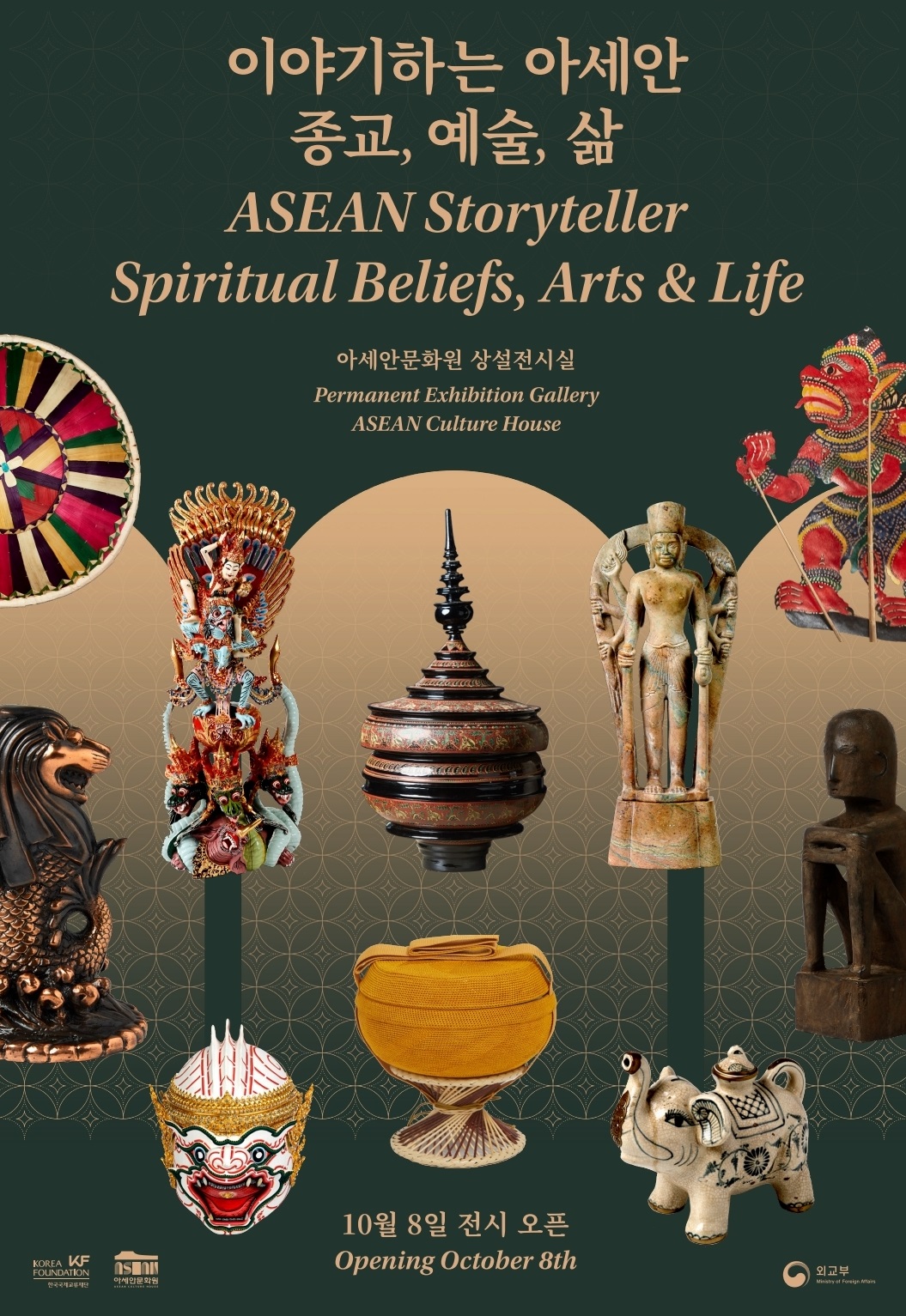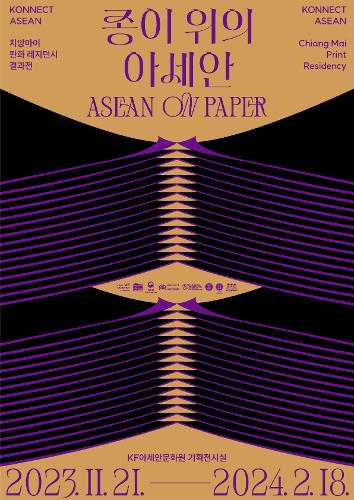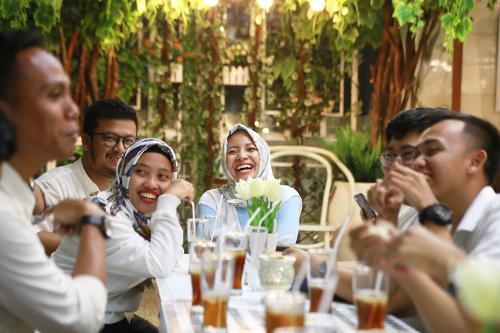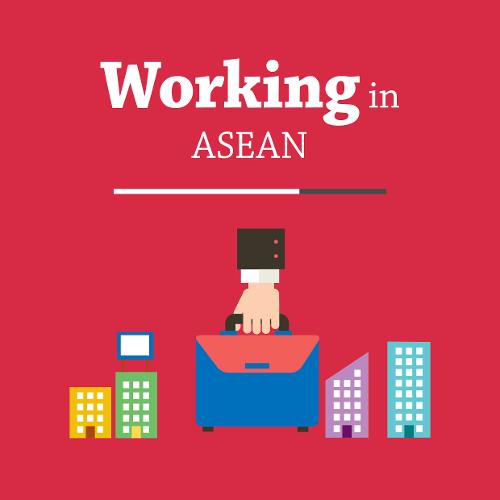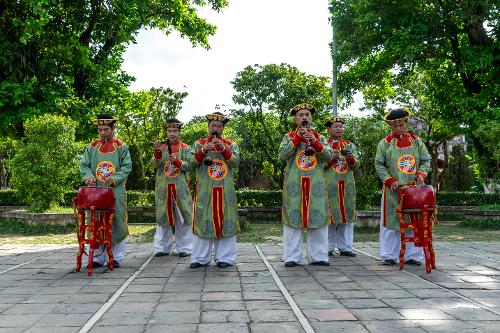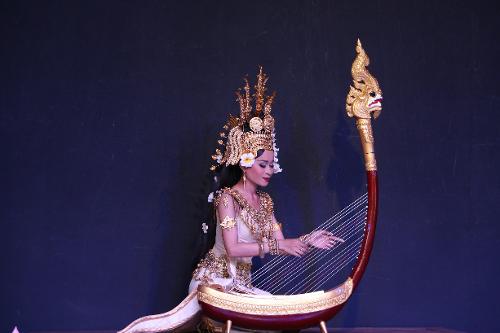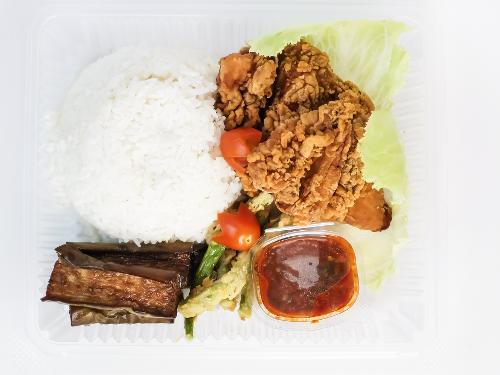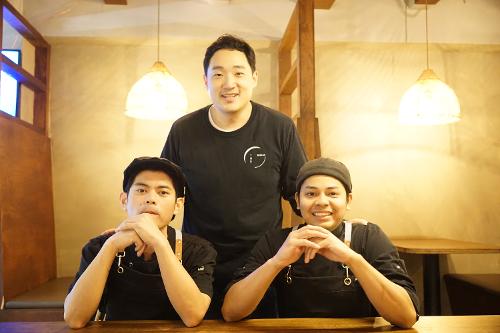
Special Feature
A Sit-down with Chef John and Proprietor Chae Soogwang of Malaysian Bistro The Makan
INTERVIEW
A Sit-down with Chef John and Proprietor Chae Soogwang of Malaysian Bistro The Makan
Chae Soogwang, travel geek and owner of Malaysian bistro The Makan, is especially fond of Southeast Asia and its eats. Captivated by Malay cuisine during his travels, Chae returned to Korea with a vision. We met with Chae and Malay chef John Singin Junior (Chef John) of The Makan.
Mr. Chae, thank you for having us. Please tell our readers a little about yourself.
Hi there, my name’s Chae Soogwang and I’ve been running The Makan in Jamsil, Seoul for the past three years. I wasn’t always an entrepreneur or cook, though. I graduated from Korea University and for a while had a typical white-collar office job. Later, I realized I wanted to do work that was “my own thing”—something that I could enjoy and keep up for a long time. That’s how The Makan was born.
Why choose Malay food out of the many diverse cuisines in the world? And how did you and Chef John come to work together?
Well, my mind was set on opening a restaurant, preferably one serving Southeast Asian cuisine since I’m personally so fond of it. But there’s already a lot of Vietnamese and Thai food in Korea. Then I remembered the Malay food I’d had in Kota Kinabalu while traveling. Awesome flavors, but still relatively obscure in Korea. So I packed my bags and flew straight to Malaysia to do some research. My legwork took me all through Malaysia, including Kuala Lumpur, Malacca, Penang, and Johor Bahru. I was soon convinced Malay food would work in Korea. Next, I spent some time designing a menu and recruiting the cooks who could the dishes I had in mind. There were a lot of applicants, and the two professionals I recruited were from a five-star hotel kitchen in Kuala Lumpur. We brought them to Korea on work visas and went to work opening The Makan.Since then, our original kitchen team has had to return home, but they referred two of their colleagues from the same hotel to us. That’s our current team.
Chef John, you’ve experienced both Malaysia and Korea. How are the two countries different and alike?
Well, in terms of food, there are quite a few differences. To me, the tableware and cutlery that accompany Korean cuisine are quite sophisticated. I also find it interesting how many dishes served at restaurants and eateries are accompanied by kimchi or pickles. The free banchan (side dish) refills were also a surprise. In Malaysia, many of us eat with our hands, and we aren’t really a banchan culture. And the refills aren’t free, of course. Another thing is that Malaysia is a multi-ethnic society. It’s a melting pot of Indian, Malay, and Chinese influences, each bringing their own ingredients and spices. That makes for a lot of unique dishes.
What Malaysian dish would you most likely recommend to diners new to Malay food?
It would have to be our nasi lemak chicken. It’s similar to how you have rice and banchan here in Korea: fragrant, spiced coconut rice is accompanied by anchovies, peanuts, cucumbers, sambal, and chicken. Obviously the flavors aren’t anything like Korean bibimbap. Sambal is a bit more colorful than your typical gochujang, with more heat, sweetness, and aromas like lemongrass. Also, cooking the rice in coconut milk with pandan leaf gives it a nutty, savory flavor. The peanuts and anchovies are my personal favorite, double-fried and extra crunchy. Nasi lemak is a breakfast favorite back in Malaysia, and in the mornings it’s easy to find commuters eating it at roadside stalls before heading to work.
Many aspiring professionals from ASEAN Member States currently work or are hoping to work in Korea. What advice might you give to them?
Korea is a great place to live and work. The people are kind, the streets are safe to walk, and the sports, shopping, and tourism infrastructure is impressive. To successfully adapt to work and life here, it’s essential to have a grasp of Korean culture and speak at least some Korean. Watching Korean TV shows might be helpful in that department. Above all, Korea has a ppalli-ppalli (lit. “quickly quickly”) culture. It’s important to keep pace, literally.
See More
 KOREA FOUNDATION
KOREA FOUNDATION























